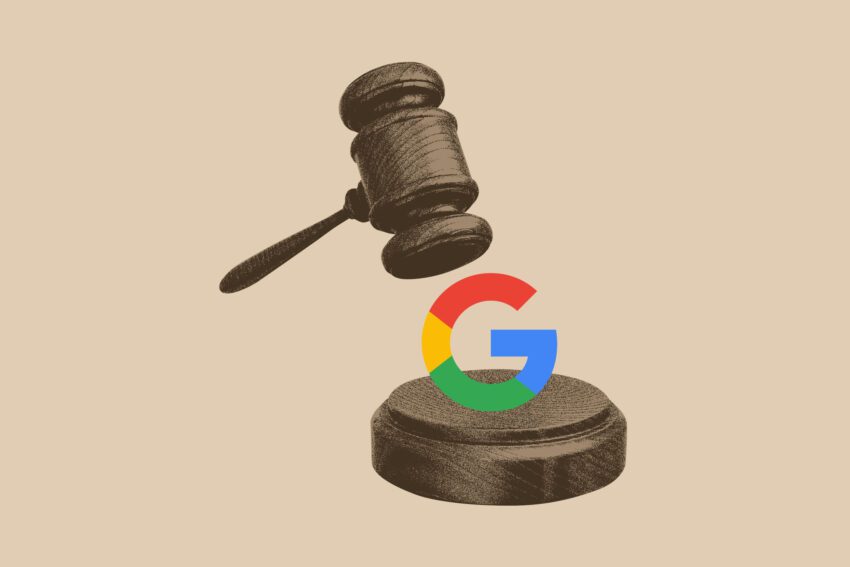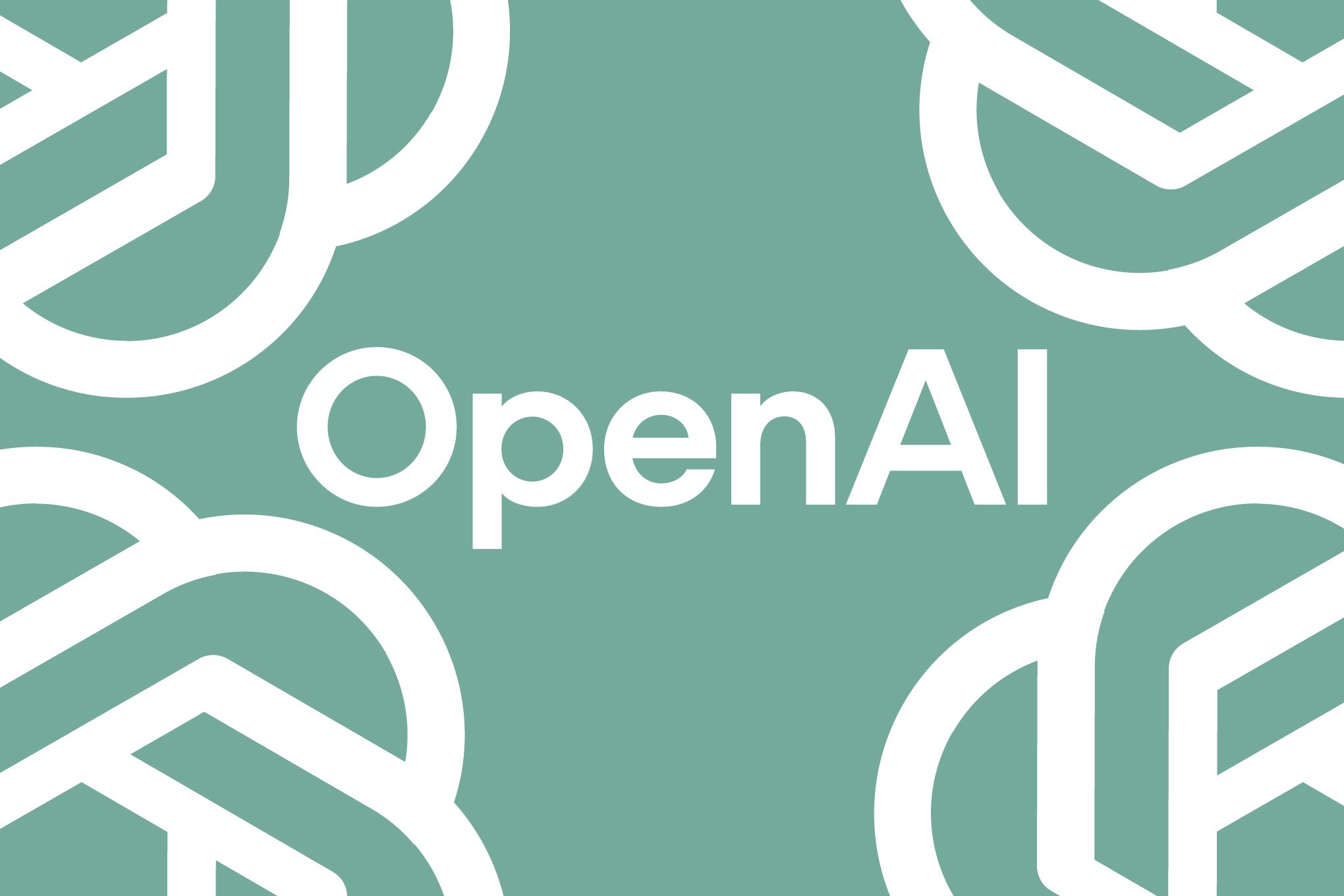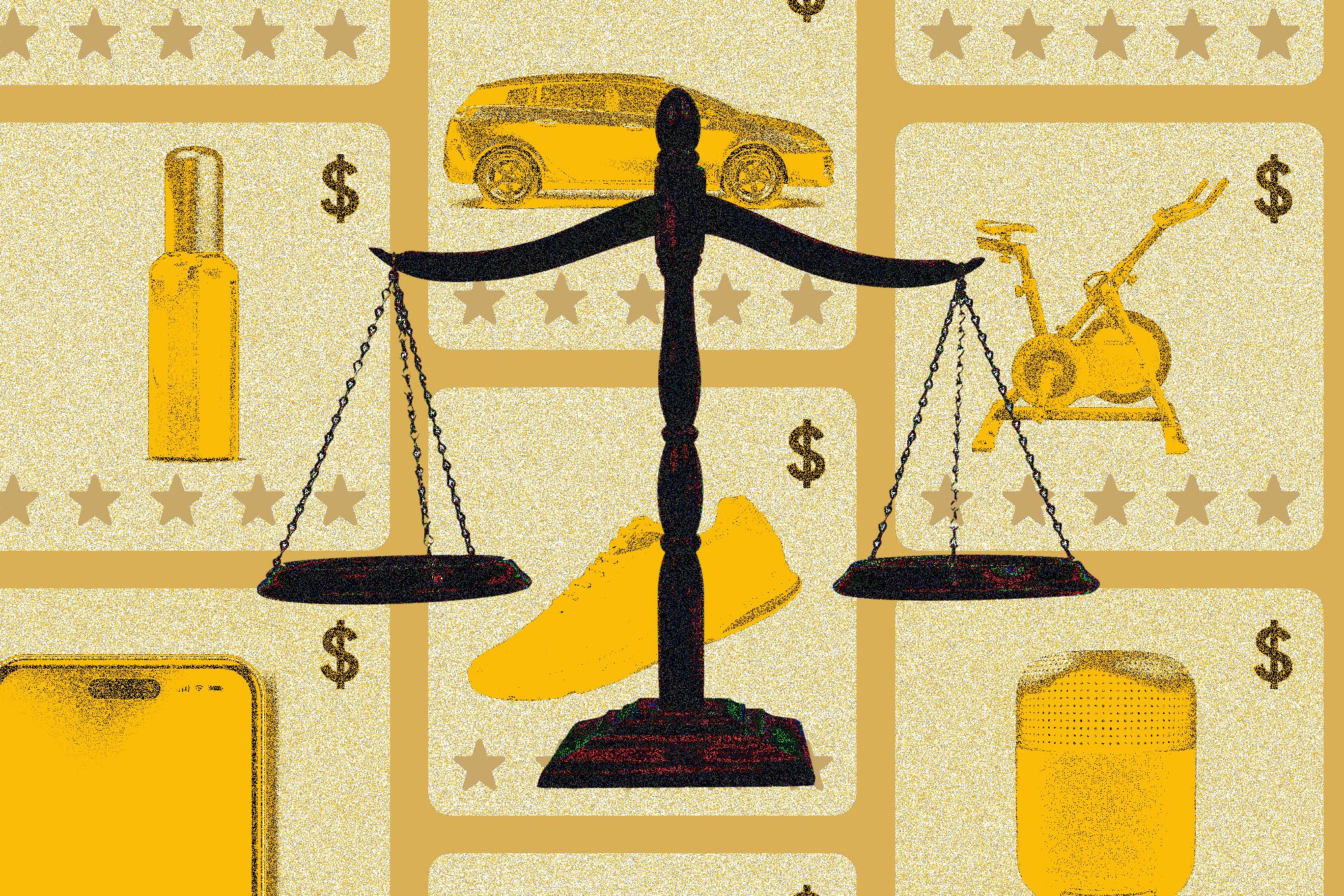
the judge tasked with deciding google s In a significant development within the ongoing legal battle over Google’s advertising practices, Judge Leonie Brinkema expressed a desire for the involved parties to reach a settlement rather than leaving the decision in her hands.
the judge tasked with deciding google s
Background of the Case
The trial concerning Google’s advertising technology has been a focal point in the broader discussion about monopolistic practices in the tech industry. The U.S. Department of Justice (DOJ) initiated this case against Google, alleging that the company had engaged in anti-competitive behavior that stifled competition and harmed consumers. The trial’s second phase, which recently concluded, focused on the remedies that should be imposed following Judge Brinkema’s earlier ruling.
In April, Judge Brinkema determined that Google had illegally monopolized the market for publisher ad servers and ad exchanges. This ruling was pivotal, as it established that Google had not only dominated the market but had also engaged in practices that made it difficult for competitors to gain a foothold. The judge noted that Google had tied its various products together in a manner that restricted customer choice and limited the ability of advertisers and publishers to explore alternative options.
Judge Brinkema’s Stance
As the trial progressed, Judge Brinkema’s preference for a settlement became increasingly apparent. “My favorite phrase is ‘Let’s settle this case,'” she remarked to attorneys from both sides shortly before adjourning the courtroom after more than ten days of trial. This statement underscores her inclination to see the parties involved come to an agreement rather than forcing a judicial decision that could have far-reaching implications for Google and the advertising industry as a whole.
Brinkema’s desire for a settlement is not uncommon in complex legal cases, particularly those involving large corporations and intricate market dynamics. Settlements can often lead to more favorable outcomes for both parties, allowing them to avoid the uncertainties and potential repercussions of a court ruling. In this case, a settlement could allow Google to implement changes to its practices without the stigma of a court-imposed penalty.
Implications of the Ruling
The implications of Judge Brinkema’s earlier ruling are significant. By establishing that Google had engaged in monopolistic practices, the court opened the door for potential remedies that could reshape the advertising landscape. These remedies could include structural changes to Google’s business practices, financial penalties, or even divestitures of certain business units. Each of these options carries its own set of consequences, not only for Google but also for the broader advertising ecosystem.
For instance, if the court were to impose structural changes, it could lead to a more competitive environment where smaller companies have a better chance of succeeding. This would be beneficial for advertisers and publishers seeking alternatives to Google’s dominant offerings. On the other hand, financial penalties could impact Google’s bottom line, potentially leading to changes in how the company operates its advertising business.
Stakeholder Reactions
The reactions from various stakeholders in the advertising industry have been mixed. Some smaller companies and advocacy groups have expressed hope that the ruling will lead to a more equitable marketplace. They argue that Google’s dominance has stifled innovation and limited choices for both advertisers and publishers. These stakeholders are advocating for remedies that would dismantle some of Google’s control over the ad tech ecosystem.
Conversely, larger companies that have benefited from Google’s advertising services may be more hesitant about significant changes. They worry that drastic remedies could disrupt their existing business models and lead to uncertainty in the marketplace. This divide among stakeholders highlights the complexities involved in addressing monopolistic practices within the tech industry.
The Broader Context of Antitrust in Tech
The case against Google is part of a larger trend of increased scrutiny on big tech companies by regulators and lawmakers. In recent years, there has been a growing concern about the power that these companies wield over various aspects of the economy, including advertising, social media, and e-commerce. The DOJ’s case against Google is one of several high-profile antitrust actions aimed at curbing the influence of major tech firms.
In addition to Google, other companies such as Facebook and Amazon have also faced scrutiny for their market practices. Lawmakers have introduced various bills aimed at regulating these companies and ensuring fair competition. The outcomes of these legal battles could set important precedents for how antitrust laws are applied in the digital age.
Potential Outcomes and Future Considerations
As the trial comes to a close, the potential outcomes remain uncertain. If the parties are unable to reach a settlement, Judge Brinkema will be tasked with determining the appropriate remedies based on her earlier ruling. This decision could have lasting implications for Google’s business practices and the advertising industry as a whole.
Should a settlement be reached, it may pave the way for Google to implement changes voluntarily, which could be less disruptive than a court-imposed remedy. However, the terms of any settlement would need to be carefully scrutinized to ensure that they effectively address the monopolistic practices identified in the ruling.
Conclusion
The ongoing legal battle between Google and the DOJ highlights the complexities of regulating monopolistic practices in the tech industry. Judge Brinkema’s preference for a settlement reflects a desire to find a resolution that benefits all parties involved. As the trial concludes, the implications of the ruling and the potential for a settlement will continue to shape the future of advertising technology and competition in the marketplace.
Source: Original report
Was this helpful?
Last Modified: October 7, 2025 at 3:40 am
0 views















